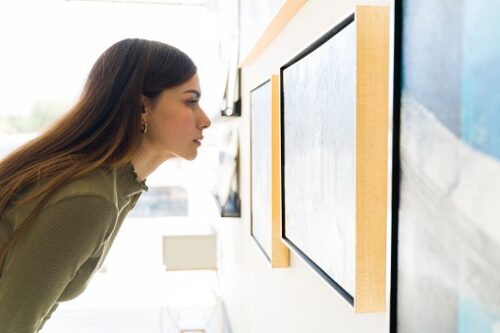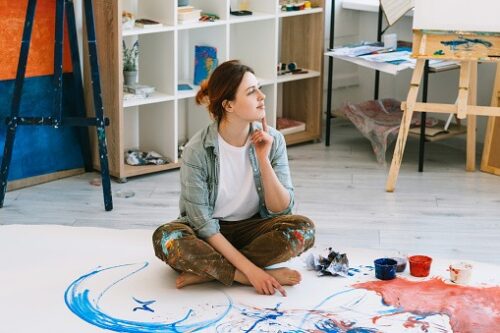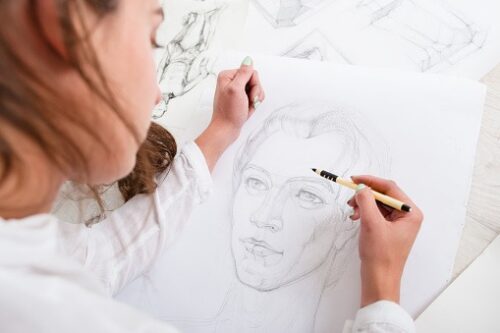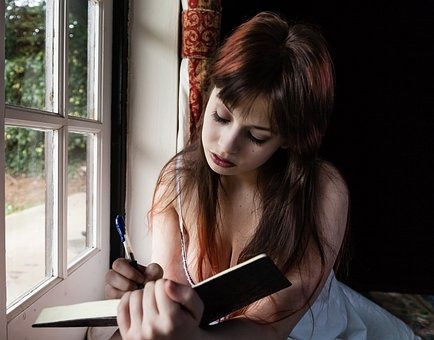Creativity can touch and influence us in a lot of ways. It can help us improve our personal scale without trying so hard. Creativeness combined with imagination becomes essential for our overall progress because it supports the development of our physical, emotional, and mental states. With that, here are a few therapist-approved ways to be creative.

Source: pixabay.com
Integrate Art
One of the significant aspects of creativity is exposure to different types of art. Therefore, we should learn how to value the importance of art integration in our lives. When we incorporate art into our daily routine, our brain starts to reflect on it and take it as a part of our individuality. This process trains us to become more self-aware and conscious of our surroundings. It makes us search for meaning, look through the depths of a message, and understand the information we grasp daily.
Integrating art into our lives makes us appreciate ourselves even better. It helps us gain inspiration towards our talents and capabilities that we often do not know existed. It enables us to think about thorough concepts and ideas that we want to focus on working on and share with the world.
Ask Questions
Asking questions creates a climate of curiosity. It is curiosity that defines creativity. It helps us gather information and use it to build particular connections of ideas to develop rational opinions. It enables us to summarize a concept and build something out of it. Asking questions is beneficial as it paves the way for us to gain better skills, particularly in imagination, knowledge, and mindfulness. It supports the benefits of creative thoughts as it allows us to have a space to learn and explore.
Asking questions also improves our communication skills as it may show we are paying attention to the things around us. It enhances our attentiveness as we show interest in things and people. It allows us to build stronger relationships with others and help us become more engaging.

Source: pixabay.com
Express Ideas
Effective mental health campaigns such as creativity, stem from ideas, whether it is small or big. Therefore, practicing ourselves to express ideas can help us trust the process of what we are doing. It can support our ability to stay focused and patient with any task or project. The more we express it, the more we’ll have access to and make it happen. Expressing ideas is about being positive in completing any future projects.
Since new concepts will come naturally, and we will be quicker to get any sessions to work and embrace new outcomes, expressing ideas will help us experience freedom. We can guarantee an expanded sense of time where we can put integrity in our work.
Embrace Risk
Working on creativity often comes with risks. That is because not all ideas are subject to acceptance since most of them tend to fail. However, embracing risk makes us more eager to achieve great results. And the more desensitized we are to failure, the more we become willing to take chances. It gives us the courage to express ourselves differently and try new things.
Embracing risk is a process. Once we get a hold of it, we can reap its seeds. It will make us achieve the things we always wanted and help us become more aware of other opportunities. It can increase our self-confidence and make us leave our comfort zone and do the things we don’t usually do.

Source: pixabay.com
Observe
It is such as important factor to take a step back and observe the things around us. Being observant can help us build our receptivity towards different things we like and those we don’t. Through observation, we can develop unique and rational opinions from the plenty of challenges we face daily. And when we are capable of looking at things differently, that’s when our creativity opens an opportunity.
Enhanced observant ability is essential to creativity as it promotes productivity, efficiency, recognition, and positive output. It helps us understand more the gap between ourselves towards our surroundings. It allows us to gain new knowledge and positive behavior that supports learning and development.
Practice Mindfulness
Mindfulness is a habit that is genuinely good for our overall emotional, physical, spiritual, and mental health. Its advantages continue beyond there. Mindfulness supports creativity as it helps bring positive mental energy and resilience. It is a technique that helps us achieve better attunement that allows us to play our skills and strengths efficiently. Mindfulness can enhance our ability to think clearly, become aware of our thoughts, and make us less distracted.
With mindfulness, our creativity heightens because it promotes emotional intelligence. It lets us clearly understand what acceptance, kindness, gratitude, and compassion are. All of which are the essentials for a happy and fulfilled life.
Takeaway
When we get down to what’s more important in life, which is to create something from scratch, we keep going. We will eventually realize that creation is the only way we can go further with our imagination and dreams.




